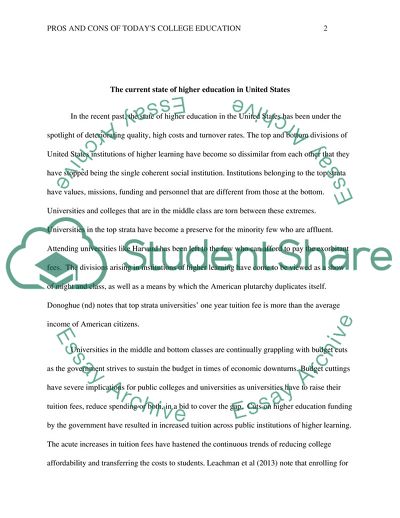Cite this document
(Pros and Cons of Today's College Education Report Example | Topics and Well Written Essays - 2000 words - 1, n.d.)
Pros and Cons of Today's College Education Report Example | Topics and Well Written Essays - 2000 words - 1. https://studentshare.org/education/1801925-pros-and-cons-of-todays-college-education
Pros and Cons of Today's College Education Report Example | Topics and Well Written Essays - 2000 words - 1. https://studentshare.org/education/1801925-pros-and-cons-of-todays-college-education
(Pros and Cons of Today'S College Education Report Example | Topics and Well Written Essays - 2000 Words - 1)
Pros and Cons of Today'S College Education Report Example | Topics and Well Written Essays - 2000 Words - 1. https://studentshare.org/education/1801925-pros-and-cons-of-todays-college-education.
Pros and Cons of Today'S College Education Report Example | Topics and Well Written Essays - 2000 Words - 1. https://studentshare.org/education/1801925-pros-and-cons-of-todays-college-education.
“Pros and Cons of Today'S College Education Report Example | Topics and Well Written Essays - 2000 Words - 1”. https://studentshare.org/education/1801925-pros-and-cons-of-todays-college-education.


